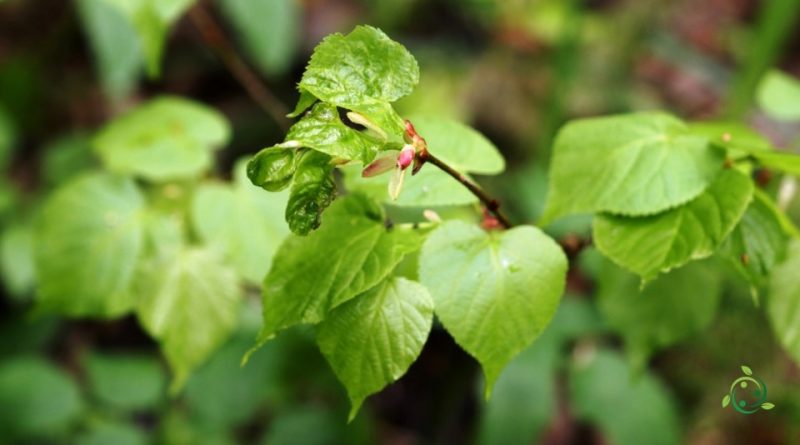Reproduction of the small-leaved lime
Reproduction of the small-leaved lime
The small-leaved lime or small-leaved linden (Tilia cordata Mill., 1768) is a deciduous tree of the Malvaceae family native to an area centered on the European continent.
Suitable breeding habitat –
The small-leaved lime is a plant native to much of Europe. Its range extends from Spain (Basque Country, Catalonia, Pyrenees) to the Urals almost without interruption. To the north it reaches southern Finland, central-southern Sweden, the Norwegian coast and southern Scotland. It is present in the Balkans up to northern Greece and Corsica. Disjunct areas in Crimea and Caucasus.
In Italy it is present in the Alps and the Apennines up to Basilicata. In the Po Valley it is limited to the upper plain, while it is almost absent in the lower plain. In the mountains it goes up to around 1500 metres. Very rare in the Mediterranean area.
Propagation –
The small-leaved lime is a tree that prefers good moist, loamy, alkaline to neutral soil, but also succeeds on slightly acidic soils.
However, it does not appreciate very dry or very humid soils; grows in the sun or in partially shaded areas.
The trees are very susceptible to coppice or pollarding, producing numerous suckers from the base but fewer than T. platyphyllos or T. x vulgaris.
Lime trees tend to hybridize freely if other plants of the same genus grow nearby.
In fact, if you grow plants from seed it is important to ensure that the seed comes from a wild source or from an isolated group of the single species.
Propagation can occur by seed. The seed must preferably be freshly harvested, mature but not yet developing a hard seed coat. It should be sown immediately in an unheated seedbed. The seed, also depending on the climatic conditions, can germinate the following spring.
Stored seeds, on the other hand, can be very slow to germinate, both due to the presence of a hard coating on the seed and on the pericarp, and due to embryonic dormancy. These factors mean that the seed can take up to 8 years to germinate.
One way to shorten this time is to stratify the seed for 5 months at high temperatures (10°C at night, up to 30°C during the day) and then 5 months of cold stratification.
Once the young plants have sprouted, they should then be placed in individual pots. The transplant must be done at the end of spring or at the beginning of summer, in any case after the last expected frosts.
It can also be propagated agamically via suckers which, once formed, can be removed with as many roots as possible during the dormant season and replanted immediately.
Remember that plants can be transplanted quite easily; large trees up to 60 years old have been successfully moved.
Ecology –
The small-leaved lime is a tree that prefers fertile, loamy soils, but they can also be found on sandy, infertile soils and are not considered drought tolerant. Dormant shoots of Tilia cordata can withstand freezing winter temperatures down to -34°C.
The paleobotanical analysis of tree pollen preserved in peat deposits demonstrates that Tilia cordata was present as a woodland tree in various areas of Europe as early as around 3100 BC.
It is a rather sciaphilous species, i.e. well tolerant of shade, it prefers fresh and fertile soils, with a neutral or not too acidic pH. Tolerates marly soils. It is a slightly acidophilic mesophilic species. Compared to Tilia platyphyllos it is less thermophilic.
This plant is mainly used in coppices; it was once treated with a 15-20 year shift. Currently, shifts of 25-30 years are preferred. It has excellent ability to grow back from the stump. The suckers tend to hang over at first but straighten quickly.
As mentioned, the linden tree can also be managed as a high forest. It reproduces well from seed, but most of these germinate after 2 or 3 years.
It is also a very precious plant for bees and pollinators as it produces an abundance of nectar.
It is a valuable species for wildlife, 31 insect species are associated with this tree.
The leaves are very attractive to aphids which produce an abundance of honeydew which drips from the leaves to the soil below attracting molds.
This makes the tree unsuitable for street planting. This species, however, is less likely to be infested with aphids than T. platyphyllos or T. x vulgaris.

